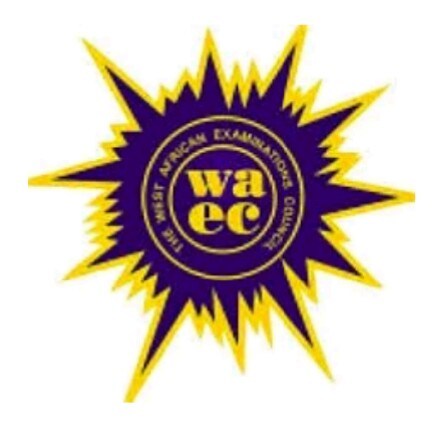If you’re gearing up for the West African Examination Council (WAEC) Animal Husbandry exam, it’s essential to have a clear understanding of the syllabus.
The Animal Husbandry syllabus serves as your roadmap, outlining the aims and objectives of the exam, along with the topics and concepts you need to study.
In this blog post, we’ll delve into the key components of the Animal Husbandry syllabus and provide valuable insights to help you excel in your exam preparation.
The Importance of the Animal Husbandry Syllabus:
The Animal Husbandry syllabus is not just a document to be overlooked; it is a vital tool to enhance your exam preparation.
Consider it your agricultural toolkit, providing you with the necessary guidance to excel in the exam.
Without referring to the syllabus, you may find yourself directionless, resulting in inefficient and ineffective exam preparation.
Therefore, it’s crucial to kickstart your studies by thoroughly understanding and utilizing the Animal Husbandry syllabus.
Aims and Objectives:
The primary objective of the Animal Husbandry syllabus is to assess your knowledge and skills in various aspects of animal husbandry.
These include:
- Basic animal production practices: Learn about feeding, housing, and pest and disease control techniques.
- Efficient management of animal enterprises: Understand the principles of effective and efficient management in animal husbandry.
- Processing, preservation, packaging, storage, and marketing of animal products: Gain insights into the post-production aspects of animal husbandry and develop entrepreneurial skills.
- Basic knowledge and skills in animal improvement and health: Acquire knowledge about animal breeding, artificial insemination, and the prevention and control of diseases in farm animals.
Requirements:
Schools offering Animal Husbandry are expected to raise at least one species of farm animals from each of the following groups:
- Monogastrics: Examples include poultry, pigs, snails, camels, donkeys, horses, rabbits, and bees.
- Ruminants: Examples include cattle, sheep, and goats.
To enhance practical learning, it is recommended that schools have agricultural laboratories. Additionally, candidates should maintain practical notebooks and specimen albums, documenting their activities, observations, and field trips. Visits to established livestock farms, abattoirs, feed mills, and animal product-based companies are also encouraged.
Examination Scheme:
The Animal Husbandry exam consists of three papers: Papers 1, 2, and 3. All three papers must be taken.
- Paper 1: This multiple-choice paper comprises forty questions to be answered within 40 minutes, carrying a total of 40 marks.
- Paper 2: This essay-based paper includes six questions covering the entire syllabus. Candidates are required to answer four questions within 2 hours, amounting to 80 marks.
- Paper 3: This practical paper is for school candidates, while private candidates will have a test of practical work. Each version comprises four questions to be answered within 1½ hours, carrying a total of 60 marks.
WAEC Animal Husbandry Syllabus Overview:
The Animal Husbandry syllabus is divided into several key topics, which include:
- Livestock Production: Learn about the importance of farm animals, their classification, internal organs, body systems, and reproductive processes.
- Animal Nutrition: Understand the meaning and classes of animal feeds, livestock rations, and the formulation of livestock diets. Explore processing techniques and marketing strategies for various farm animal products.
- Pasture and Range Management: Gain knowledge about pasture and forage crops, their significance, and different types. Familiarize yourself with rangeland improvement methods and understand the importance of rangelands.
- Animal Improvement: Discover the methods and aims of animal improvement in farm animals. Explore the merits and demerits of these methods and gain insights into artificial insemination techniques.
- Animal Health: Learn about common farm animal diseases, their symptoms, prevention, and control measures. Understand the concept of livestock parasites and pests and their management.
- Animal Husbandry Practicals: Get hands-on experience with the identification of farm animals, internal organs, and tools used in their management. Learn about feeds, pasture crops, artificial insemination, and pests and parasites of farm animals.
List of Facilities and Major Equipment:
To enhance practical learning, it is recommended to have various facilities and equipment, including farm buildings/structures, live animals, specimens, charts, pictures, machines and equipment, drugs/vaccines/materials, feed samples, and other materials.
Conclusion
The Animal Husbandry syllabus provided by WAEC is a comprehensive guide that outlines the topics and concepts you need to study for the exam.
It plays a vital role in your exam preparation by giving you a clear direction and ensuring that you cover all the necessary areas.
Make sure to utilize the syllabus, refer to recommended textbooks, and engage in practical activities to enhance your understanding of animal husbandry.
With diligent preparation and a thorough grasp of the syllabus, you’ll be well-prepared to excel in your Animal Husbandry exam.






